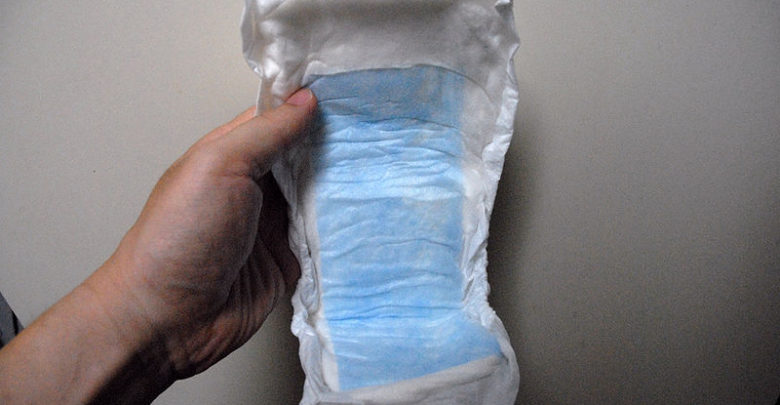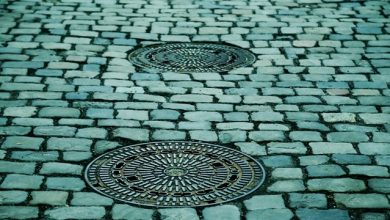A Short Guide To Battling Incontinence

Understanding Incontinence:
Continence is the condition of the body in which there is complete control over the bladder and bowels of the body and the pelvic area is in a healthy condition. . Incontinence on the other hand is the total opposite and is completely involuntary. Many Australians suffering from incontinence buy many incontinence products online to curb both urinary as well as faecal incontinence. The intensity of this problem can be as small as just a tiny leak to a complete loss of control over bowel activity. The Australian medical association has pointed out that incontinence affects 1 in every 4 Australians and the majority affected are women. This article provides a short guide on urinary incontinence as it is the most prevalent cause of incontinence in Australia.
Urinary incontinence arises from the nerves and muscles inability to hold urine under voluntary control. 38% of women are affected by urinary incontinence throughout the country and almost half of them are under the age of 50 years.
Different Causes Of Urinary Incontinence:
- Infections In The Urinary Tracts: Infections in the bladder can continuously irritate the muscles and the nerves. This creates a strong urge to pee and may lead to incontinence with the further intensity of infections.
- Pregnancy: Women who are pregnant or delivered a baby are more likely to develop incontinence due to the weakening of the nerves, muscle ligaments and pelvic muscles.
- Menopause: Menopause is often followed by a sharp drop in estrogen levels. Estrogen is a chemical compound that is responsible for the health of pelvic muscles and the bladder. Loss of estrogen can thus lead to incontinence.
- Prostate Related Issues: Men who have had prostate surgeries or cases of enlarged prostates are more prone to develop incontinence.
- Obesity: Being overweight can build up pressure in the body that acts on the bladder. This can cause it to leak urine.
- Medications and Medical Conditions: Certain medications can directly affect the working of the bladder. Consulting with a doctor before taking any medications will be good. Other medical conditions such as nerve damage, muscular problems and Parkinson’s can also trigger incontinence in MEN and women. Surgeries that are done to remove the uterus can also damage the muscular linings of the bladder that can lead to a weakening in bladder control.
Different Ways To Treat Incontinence:
Doctors can treat incontinence to a degree and other, more affordable options can fight incontinence. Take a look at some of them here:
- Surgery: Severe symptoms are generally referred to surgery by doctors. Surgeries use body-friendly devices to support and keep the bladder in place for additional strength and control.
- Kegel Exercises: Although usually prescribed for women, men can also do these exercises. They are specially designed to target the pelvic muscles to get more control.
- Incontinence Pads: People can buy quality incontinence products online to safeguard against urinary incontinence. Pads are highly absorbent and have multiple layers to withstand any incontinence problems. They are comfortable to wear and can be worn with pants or lower garments conveniently.
- Weight Loss: The safest way to ensure strength in the pelvic area is to exercise regularly and lift weights. This causes the body to lose fat and extra weight. The loss of weight reduces extra pressure on the bladder and reduces any chances for weak control or incontinence.
- Advanced Procedures: Attaching electrical circuits to stimulate the bladder muscles can strengthen them for more active control. Using Botox injections can also strengthen the pelvic area but the injections must be done periodically once every six months. This helps prevent any unnecessary leaks for the time being.






